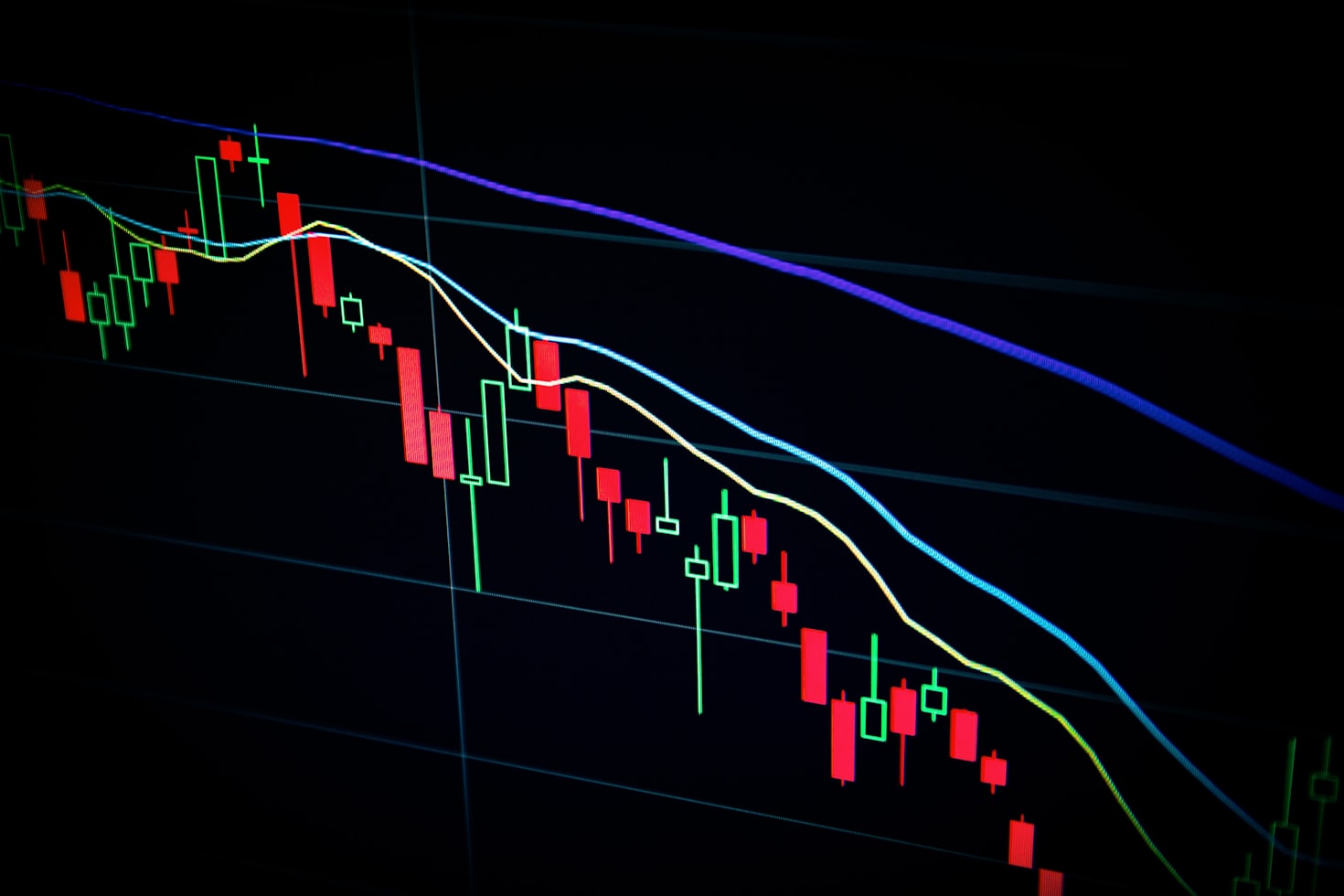📚 Table of Contents
Inflation erodes purchasing power, making it crucial for investors to seek assets that can withstand its impact. But are you making costly mistakes in your inflation-resistant investment strategy? Many investors unknowingly fall into traps that diminish returns or expose them to unnecessary risks. This article explores the most common pitfalls and how to avoid them, ensuring your portfolio remains resilient in inflationary environments.
Overlooking Diversification in Inflation-Resistant Assets
One of the biggest mistakes investors make is assuming that all inflation-resistant assets perform equally. While Treasury Inflation-Protected Securities (TIPS), commodities, and real estate are often touted as hedges against inflation, their performance can vary significantly under different economic conditions. For example, during periods of stagflation, commodities like gold may outperform, while real estate could stagnate due to higher borrowing costs.
A well-diversified inflation-resistant portfolio should include a mix of asset classes. Consider allocating across:
- TIPS: Government-backed securities that adjust with inflation.
- Commodities: Gold, silver, oil, and agricultural products tend to rise with inflation.
- Real Estate: Property values and rents often increase with inflation.
- Equities: Stocks of companies with strong pricing power, such as consumer staples or utilities.
Failing to diversify can leave your portfolio vulnerable to sector-specific downturns. For instance, an over-reliance on TIPS might backfire if inflation is accompanied by rising interest rates, which can depress bond prices.
Ignoring the Power of Real Assets
Many investors focus solely on financial instruments like stocks and bonds, neglecting tangible assets that historically perform well during inflationary periods. Real assets—such as farmland, timberland, and infrastructure—have intrinsic value that isn’t easily eroded by currency devaluation.
Take farmland as an example. As food prices rise with inflation, the value of agricultural land and its output increases. Similarly, infrastructure investments, like toll roads or energy pipelines, often have revenue tied to inflation-adjusted contracts.
Ignoring these assets can be a costly oversight. Real assets not only provide inflation protection but also low correlation with traditional markets, enhancing portfolio stability. Investors should explore:
- REITs (Real Estate Investment Trusts): Offer exposure to real estate without direct ownership.
- Commodity ETFs: Provide access to a basket of commodities.
- Direct Ownership: For accredited investors, purchasing physical assets like farmland or rental properties can be advantageous.
Misjudging Timing and Market Cycles
Timing is critical in inflation-resistant investing. Entering too early or too late can significantly impact returns. For instance, buying gold at its peak during a speculative bubble may lead to losses if inflation doesn’t materialize as expected.
Understanding macroeconomic indicators is key. Watch for:
- CPI (Consumer Price Index): A sustained rise signals increasing inflation.
- Central Bank Policies: Hawkish policies (interest rate hikes) may curb inflation but hurt certain assets.
- Commodity Prices: Rising oil or food prices often precede broader inflation.
Avoid the mistake of reacting too late. For example, during the 2021–2022 inflation surge, investors who waited too long to adjust their portfolios missed early gains in commodities and TIPS.
Neglecting Liquidity Considerations
Inflation-resistant investments often come with liquidity trade-offs. Real estate and private equity, while effective hedges, can be difficult to sell quickly. During inflationary crises, liquidity crunches can force investors to sell at unfavorable prices.
Balance your portfolio with liquid and illiquid assets. For example:
- Liquid Options: Gold ETFs, TIPS, and commodity futures.
- Illiquid but High-Reward: Direct real estate or farmland.
Failing to account for liquidity needs can leave you stranded when cash is required. Always maintain an emergency fund outside inflation-resistant assets.
Overleveraging in Inflation-Resistant Investments
While leverage can amplify returns, it’s a double-edged sword in inflationary environments. Rising interest rates increase borrowing costs, eroding profits. For example, a highly leveraged real estate investor may face skyrocketing mortgage payments if rates climb.
Key risks of overleveraging include:
- Interest Rate Risk: Variable-rate loans become more expensive.
- Cash Flow Strain: Higher debt servicing costs can lead to defaults.
- Margin Calls: Leveraged positions in commodities or stocks may face forced liquidation.
Use leverage cautiously and consider fixed-rate financing where possible.
Failing to Rebalance Your Portfolio
Inflation-resistant investing isn’t a “set and forget” strategy. Market conditions change, and asset allocations can drift. For example, a surge in gold prices might leave your portfolio overly concentrated in precious metals, increasing risk.
Regular rebalancing ensures alignment with your goals. Steps to follow:
- Review Quarterly: Assess performance and macroeconomic trends.
- Adjust Allocations: Trim outperforming assets and reinvest in laggards.
- Tax Efficiency: Use tax-advantaged accounts to minimize rebalancing costs.
Neglecting rebalancing can lead to unintended risk exposure or missed opportunities.
Conclusion
Inflation-resistant investing requires careful planning and avoidance of common pitfalls. By diversifying across asset classes, incorporating real assets, timing investments wisely, maintaining liquidity, avoiding excessive leverage, and rebalancing regularly, you can build a robust portfolio that withstands inflationary pressures. Stay informed and proactive to protect your wealth in any economic climate.


Leave a Reply